Organic search is one of the main sources of traffic to museums’ and arts organizations’ websites. There are tools such as SimilarWeb that allow you to see your data vs your competitors’. Organic search is also a potential way of reaching new audiences by bringing to your website those users searching for themes or keywords related to the subject of your museum.
Discussions in organizations tend to be around the homepage and navigation menus while data demonstrates that the trend is that people land directly on particular pieces of content, either because they are searching for that specific content on Google or because they stumble upon a link on social media or on other website. Have you ever checked how many of the users on your museum’s website land directly on an object page vs how many navigate from the homepage?
Having a Search Engine Optimization (SEO) strategy in place is key to bringing new users to your collection pages, providing visiting information for onsite visitors in local searches or showing specific content for those searching from a mobile device. Doing SEO should be an ongoing task, as Search Engines like Google continue updating their algorithms every year and these changes can have a significant impact on your website traffic
Some of the basic ranking factors such as sitemaps, frequency of updates, domain authority are still valid but others have changed and new ones have been added to the search algorithm. If we look at the key trends projected for 2017 we find mobile, voice search, site speed, image search and structured data (see Moz, Vertical Measures, Forbes)
Investing time and resources in SEO does not have an impact overnight, but monitoring some key metrics will help you to evaluate the success of this work. Creating a dashboard can provide insights on changes in volume of traffic, the quality of the traffic as well a the number of conversions that result from organic search. For this performance measurement purpose, we can use a range of dashboard and reporting tools. For this post I have used Google Data Studio, which allows to create dashboards and reports using a range of graph and design options. It has the advantage to allow you to connect different data sources, in this case Google Analytics and Google Search Console.
The dashboard includes metrics that measure reach and the quality of this traffic in terms of engagement and conversion:
- Organic search traffic
- Organic search traffic by device
- Top queries
- Top landing pages
- Site speed
- Pages/session
- Conversion rate
As with the dashboards on Google Analytics, you can reuse the Data Studio dashboard, so feel free to copy this template.
Happy SEO analysis!
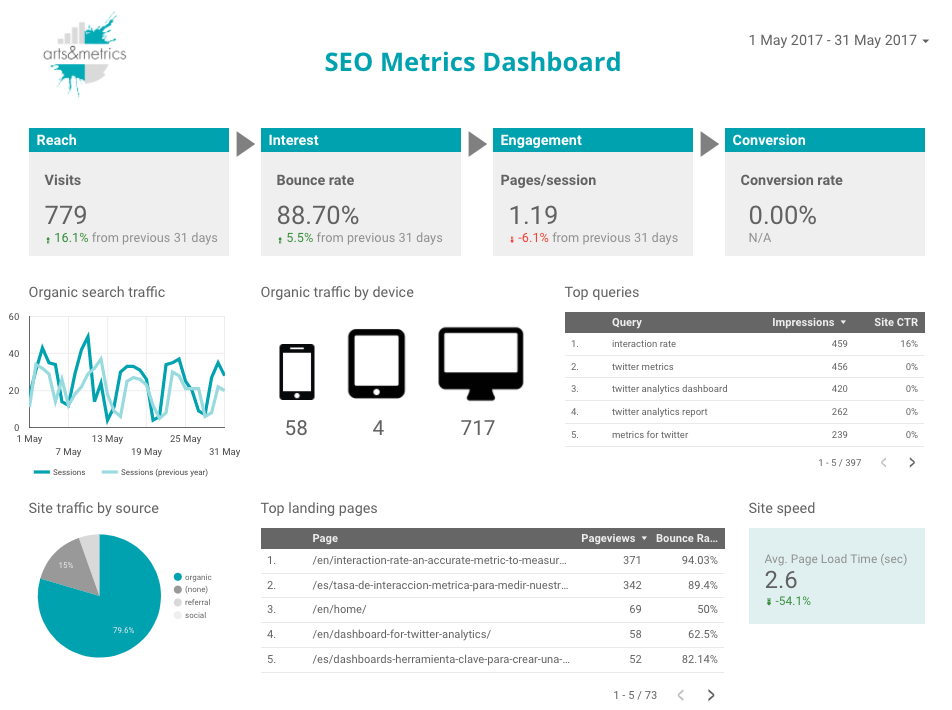
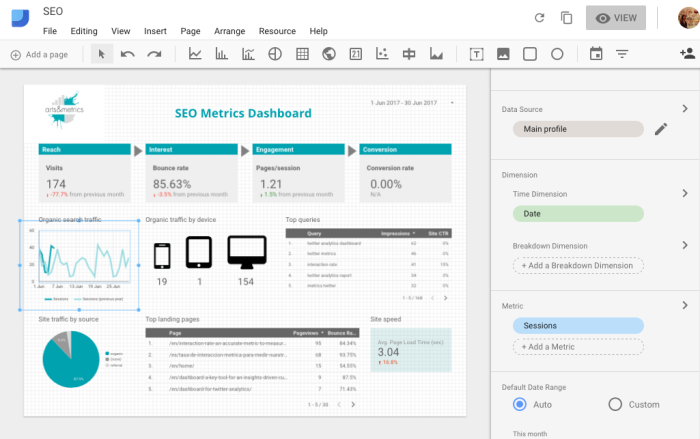
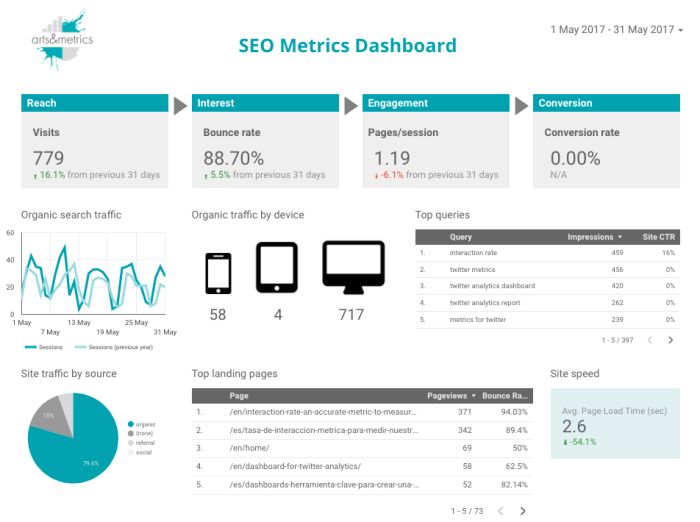

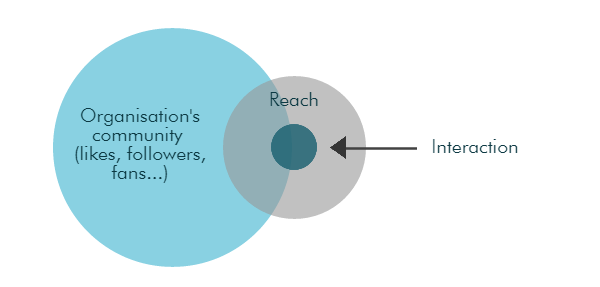
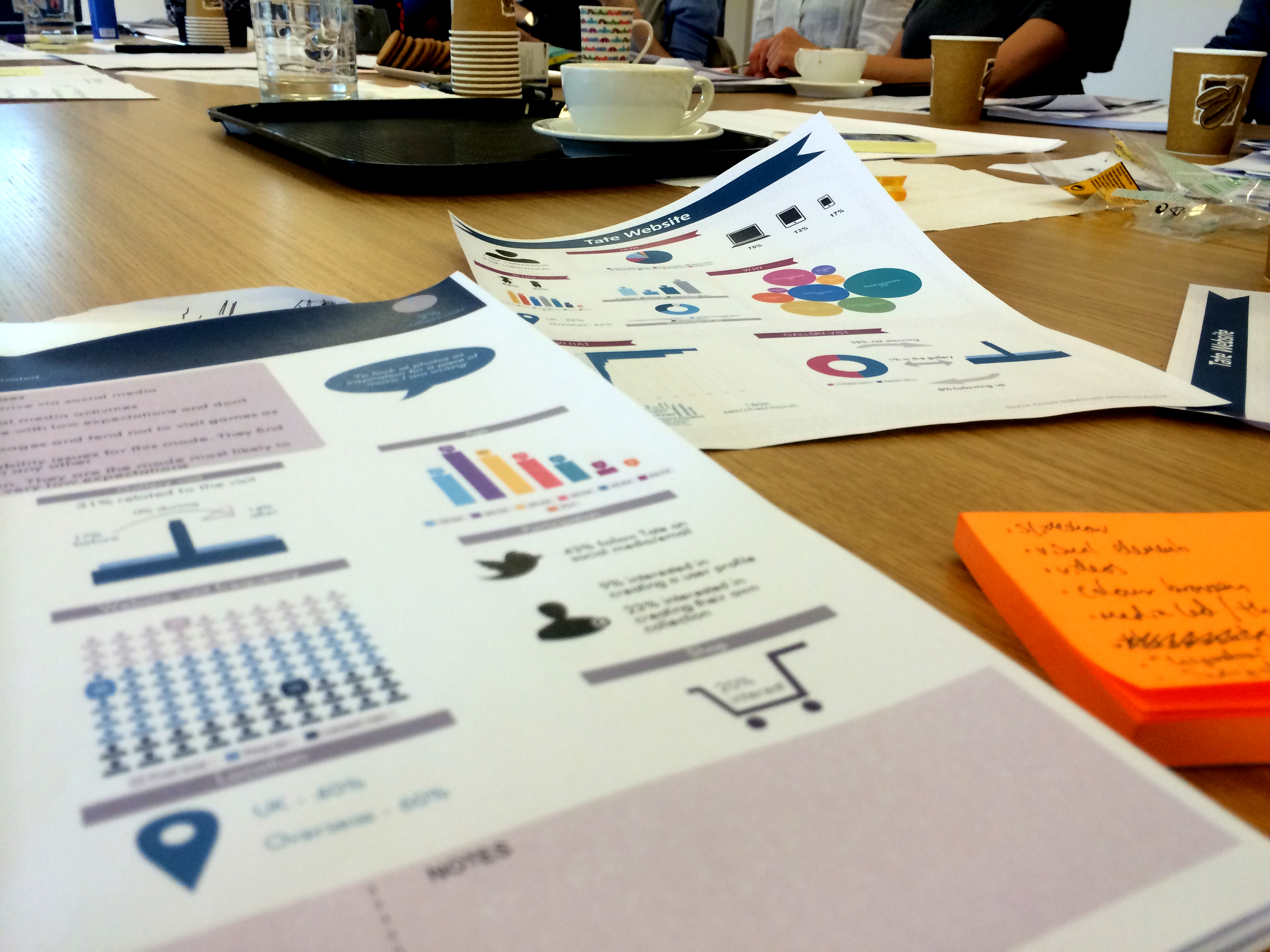
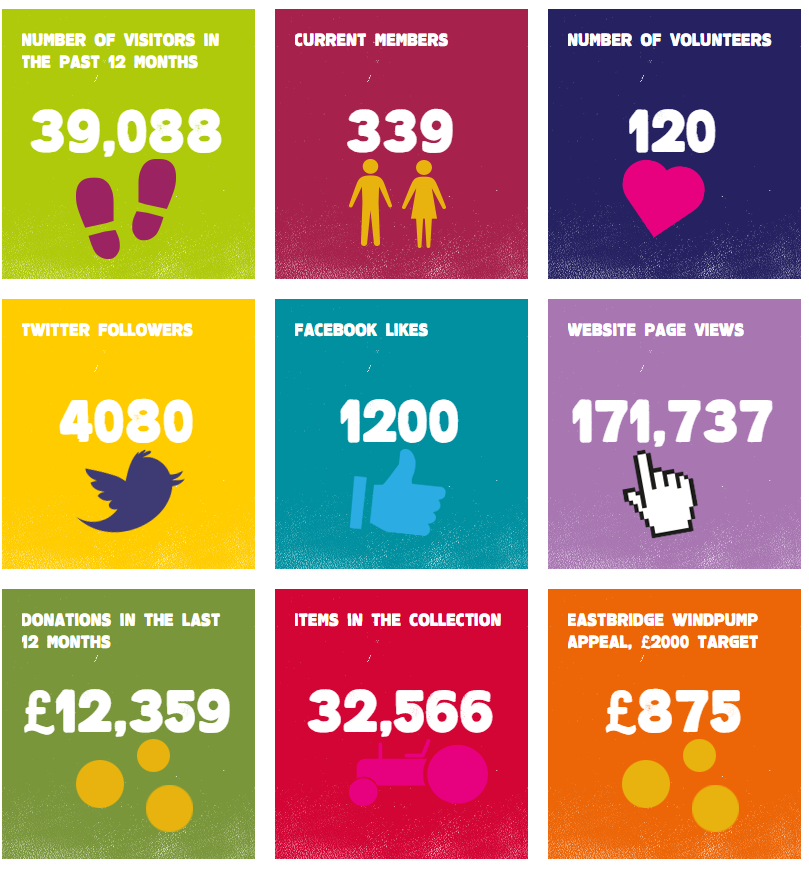
Oh wow, I haven’t heard about Google Data Studio. I’m going to try it out.
Also, great point about homepage/nav vs. specific pieces of content.